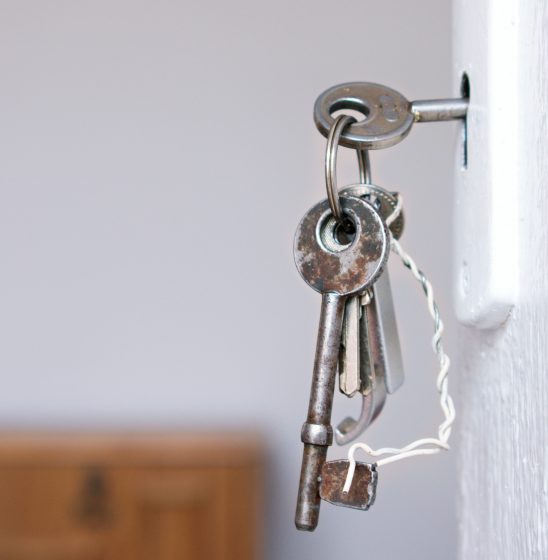
- Inspect the deck: Wooden decks can become damaged and corroded from any harsh or excessive weather conditions. See if nails or screws are popping up. Thoroughly clean the deck and seal it.
- Check electrical outlets and extension cords: Replace any loose-fitting plugs or frayed extension cords to prevent a fire hazard.
- ‘Degrease’ the garage: If one of your cars has been leaking oil or other fluids onto the garage floor, now is the time to clean it up. A greasy garage floor is slippery and potentially a fire hazard. Use a nontoxic, nonflammable, biodegradable degreaser to clean up the mess. Pour a liberal amount of cleaner on the area and scrub with a nylon brush. Cover the area with about an inch of kitty litter and let it sit for 24 hours. Sweep away the kitty litter for a clean floor (at low cost).
- Improve the yard with size in mind: Look to see how plants and trees have grown during the past year. They may be too large and could cause damage to the home’s structure. Leave enough space between the house and those baby shrubs you’re planting to allow 12″ between the plant and wall. This provides adequate ventilation and reduces the risk of future damage.
- Clean the A/C: Use your garden hose to rinse off the evaporator coil fins on your A/C condenser unit.
- Check the garage door: The garage door can weigh up to 400 pounds. Springs and balancing mechanisms can fail over time, which can cause great damage to the door and harm to people around it. Now’s a good time to take a close look at the springs.
- Inspect smoke, radon, and carbon monoxide detectors: Test them and change the battery every three months or as needed. Be certain there is a detector on each floor of the home.
To avoid safety risks and expensive repairs down the road, it’s always a good idea to get a complete home inspection from a reputable and established company. Ask your friends or neighbors if they have a company they can recommend, or check out a site like Angie’s List or Yelp to find a company with good reviews.

